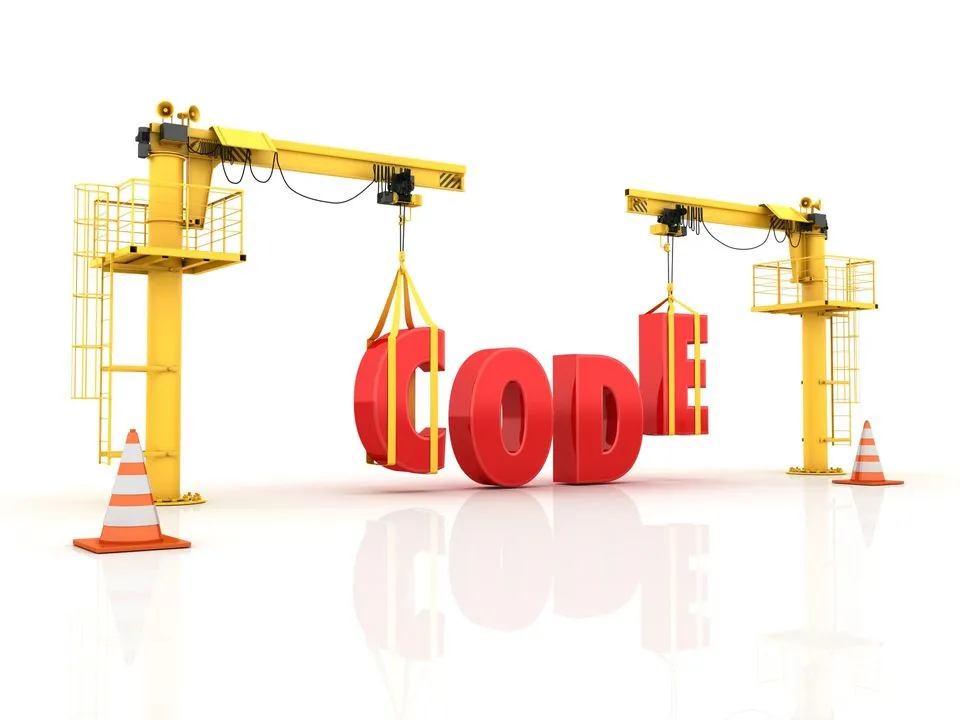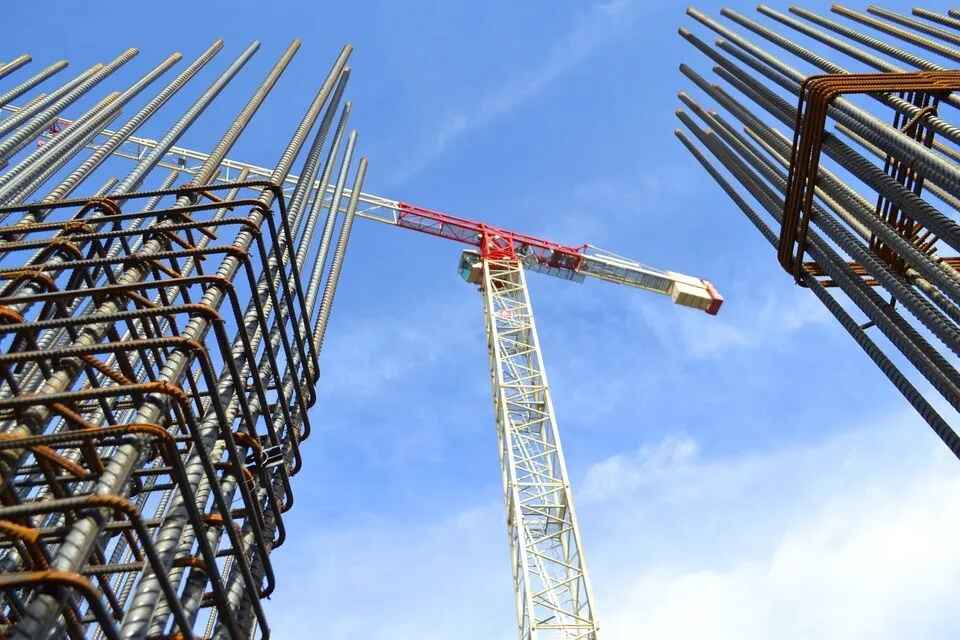Construction cost codes or activity-based costing are the most reliable ways for companies to account for the work completed on one of their projects. Since the costing structure is activity-based, construction companies can gain valuable insights into what they are spending their money on - and how much is being spent. Therefore, companies can make improvements and become more efficient over time.
What Is Meant By Construction Cost Codes?
Construction cost codes allow construction companies to divide costs into particular categories assigned to specific divisions. The companies and projects can see exactly how much particular jobs or tasks cost them and how that compares to what was budgeted or predicted. Cost codes are an efficient way to organize costs throughout the project, which includes:
- Tracking
- Budgeting
- Analyzing spend
- Documenting work
How Many Construction Cost Codes Does A Company Need?
Many companies make a common mistake which is creating and maintaining too many cost codes. It makes accounting and managing costs more difficult. A good rule of thumb to simplify project cost coding is that one cost code is usually sufficient for any trade that the contractor or subcontractor does not perform or outsource directly.
If a contractor or subcontractor does not do electrical work, it can likely have one cost code for the entire type of work. A single trade subcontractor only needs around 12 or so cost codes, which do a great job of breaking down that trade into enough key components. It adds value to tracking and helps to understand how much the various parts of trade are costing.
3 Main Benefits of Using Construction Cost Codes
- Cost Control: The main benefit of using construction cost codes is that you can quickly find out and analyze how much money is being spent on your projects.
- Estimating: It gives structure and access for following the costs in real-time to set more accurate and realistic estimates.
- Visualize Profit Centers: Construction cost codes allow management to identify profit centers - the parts of the business that bring in the most money - and eliminate the types of work that are not profitable.
How To Implement & Design A Good Cost Coding System?
- Having a set of defined construction cost codes is the first half of the battle.
- The second half is making sure people are correctly documenting work and attaching the correct cost codes to the right activities.
The important part of getting the most out of construction cost codes is implementing how the cost codes are captured and tracked in the office or on-site. Site diaries, timesheets, and other cost code-oriented forms and documents may feature a legend of cost codes.
You can use site diary apps and software to ensure that the correct cost code is chosen for material or activity. This software provides companies and individuals with form logic. When a person, piece of plant, or supply from a drop-down list is selected, its cost code and other details are auto-populated.
Takeaway
Using construction cost codes is to streamline data management across the company so that it is reusable for all stakeholders, including estimators, project managers, administration, and accounting.
Build and manage a better workforce with integrated HR solutions from ADP Marketplace partners like Points North.




